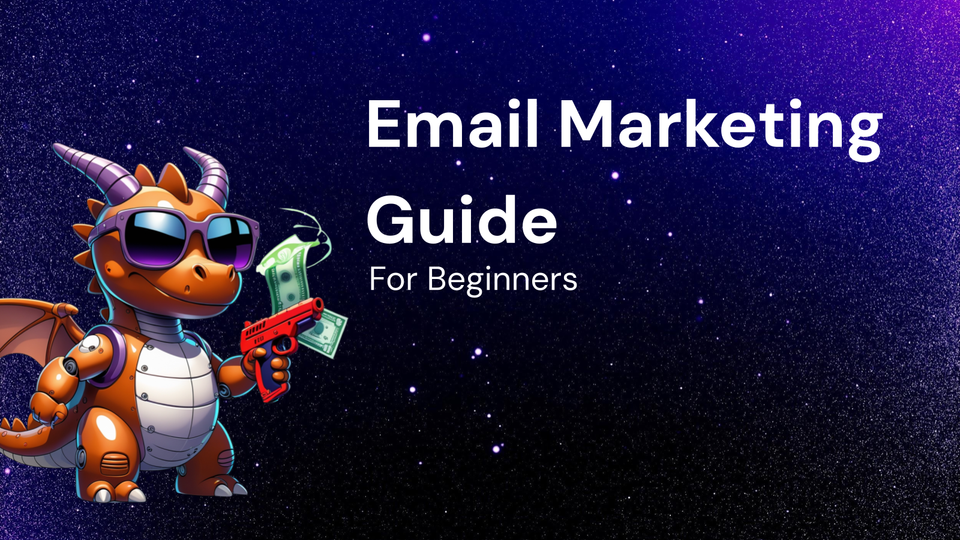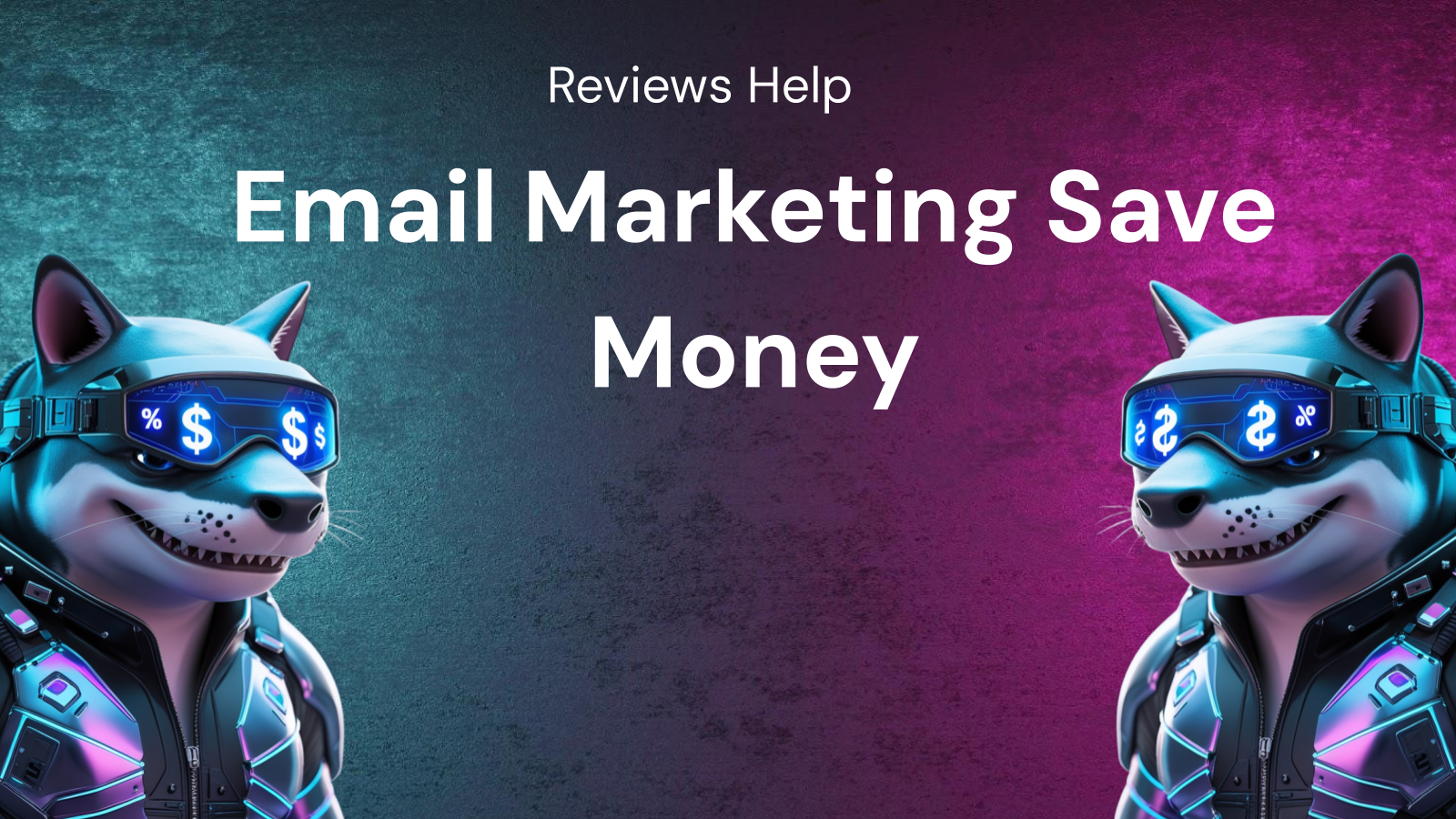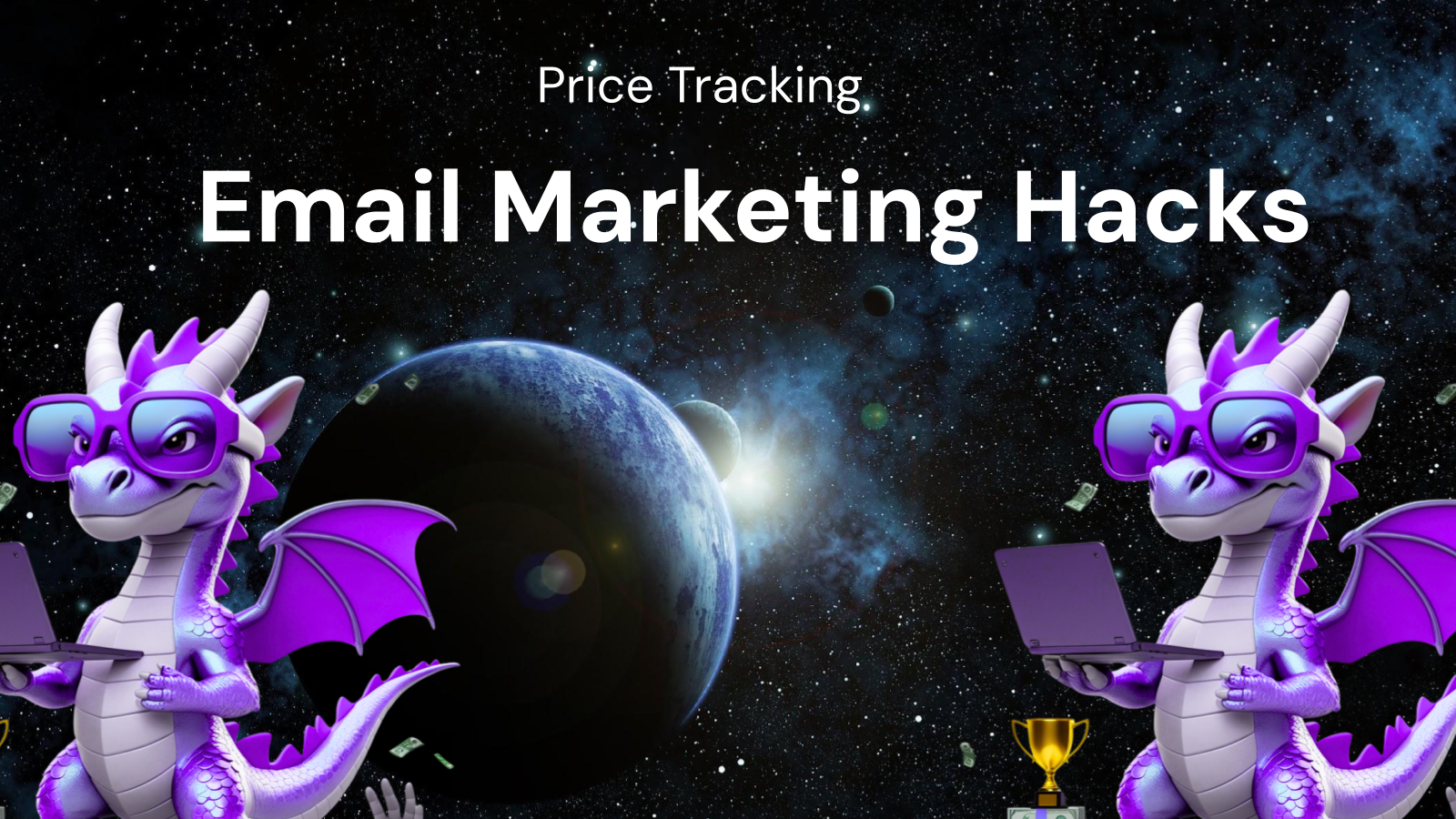Beginner's Guide to Email Marketing

Beginner's Guide to Email Marketing: Connect, Convert, and Cultivate Relationships
Email marketing, often hailed as the cornerstone of digital marketing, remains a powerful and effective strategy for businesses of all sizes. In a world saturated with social media and fleeting online trends, email offers a direct, personal, and measurable way to connect with your audience, nurture leads, drive conversions, and build lasting relationships. This comprehensive beginner's guide will walk you through the fundamentals of email marketing, equipping you with the knowledge and tools to launch successful campaigns that achieve your business goals.
Why Email Marketing Still Matters in a Digital Age
Before diving into the "how-to," let's address the persistent relevance of email marketing:
- Direct Connection: Email allows you to communicate directly with individuals who have explicitly opted in to receive your messages, making it a permission-based marketing channel. This inherent level of consent distinguishes it from interruptive advertising.
- Personalization: Email marketing platforms empower you to personalize messages based on recipient data, creating more relevant and engaging experiences. Segmenting your audience and tailoring content to their interests significantly increases open rates and click-through rates.
- Measurable Results: Email marketing provides robust analytics, enabling you to track key performance indicators (KPIs) such as open rates, click-through rates, conversion rates, and return on investment (ROI). This data-driven approach allows for continuous optimization and improvement of your campaigns.
- Cost-Effective: Compared to other marketing channels like paid advertising or print media, email marketing offers a significantly higher ROI. The low cost of sending emails, coupled with the potential for high conversion rates, makes it a budget-friendly option for businesses of all sizes.
- Automation: Email marketing platforms offer powerful automation features that allow you to trigger email sequences based on specific actions or behaviors. This allows you to nurture leads, onboard new customers, and re-engage dormant subscribers with minimal manual effort.
- Ownership of Your Audience: Unlike social media, where your reach is controlled by algorithms and platform policies, you own your email list. This provides a stable and reliable channel for communicating with your audience, regardless of external factors.
- Building Relationships: Email marketing is not just about selling products or services; it's about building relationships with your audience. By providing valuable content, addressing their needs, and fostering a sense of community, you can cultivate loyal customers who advocate for your brand.
Building Your Email List: The Foundation of Success
Your email list is the lifeblood of your email marketing efforts. Without a healthy and engaged list, your campaigns will fall flat. Here's how to build your list ethically and effectively:
- Offer Valuable Incentives (Lead Magnets): The most effective way to attract subscribers is to offer something valuable in exchange for their email address. This could be a free ebook, a checklist, a template, a discount code, a webinar registration, or exclusive content.
- Create Compelling Opt-In Forms: Design visually appealing and strategically placed opt-in forms on your website, blog, and social media channels. Make sure the benefits of subscribing are clear and compelling.
- Use Pop-Up Forms Strategically: Pop-up forms can be effective, but use them judiciously. Avoid intrusive or annoying pop-ups that disrupt the user experience. Consider using exit-intent pop-ups that appear when a visitor is about to leave your site.
- Implement Double Opt-In: Double opt-in requires subscribers to confirm their email address by clicking a link in a confirmation email. This ensures that your list consists of genuine subscribers and reduces the risk of spam complaints.
- Promote Your Newsletter on Social Media: Leverage your social media channels to promote your email newsletter and encourage followers to subscribe.
- Run Contests and Giveaways: Contests and giveaways can be a great way to generate leads and build your email list. Offer a desirable prize and require participants to provide their email address to enter.
- Host Webinars and Online Events: Webinars and online events provide an opportunity to collect email addresses from attendees and nurture them with valuable content.
- Collect Email Addresses at Offline Events: If you attend trade shows, conferences, or other offline events, make sure to have a system in place for collecting email addresses from attendees.
- Comply with Data Privacy Regulations (GDPR, CCPA): Ensure that you comply with all applicable data privacy regulations, such as the General Data Protection Regulation (GDPR) and the California Consumer Privacy Act (CCPA). Obtain explicit consent from subscribers before sending them marketing emails and provide them with the option to unsubscribe at any time.
Choosing the Right Email Marketing Platform
Selecting the right email marketing platform is crucial for managing your list, creating engaging emails, automating campaigns, and tracking results. Here are some popular options:
- Mailchimp: A widely used platform known for its user-friendly interface, robust features, and free plan for small businesses.
- Constant Contact: Another popular option, particularly for small businesses, offering a range of features and excellent customer support.
- ConvertKit: Designed specifically for creators and bloggers, ConvertKit focuses on automation and segmentation.
- GetResponse: A comprehensive marketing automation platform that includes email marketing, landing pages, webinars, and CRM features.
- ActiveCampaign: A powerful marketing automation platform that offers advanced segmentation, personalization, and CRM capabilities.
- Sendinblue: An all-in-one marketing platform that includes email marketing, SMS marketing, and chat features.
When choosing a platform, consider factors such as:
- Pricing: Choose a plan that fits your budget and scales with your business.
- Features: Ensure the platform offers the features you need, such as automation, segmentation, personalization, and A/B testing.
- Ease of Use: Select a platform that is easy to learn and use, even if you have no prior experience with email marketing.
- Integrations: Check if the platform integrates with your other marketing tools, such as your CRM, e-commerce platform, and social media channels.
- Customer Support: Choose a platform that offers reliable customer support in case you need assistance.
Crafting Engaging Email Content
The content of your emails is the key to capturing and retaining your audience's attention. Here are some tips for crafting engaging email content:
- Write Compelling Subject Lines: Your subject line is the first thing recipients see, so make it count. Use clear, concise, and intriguing subject lines that entice recipients to open your email. Avoid spammy language and use personalization when appropriate.
- Personalize Your Emails: Personalize your emails by using the recipient's name, referencing their past purchases or interactions, and tailoring content to their interests.
- Segment Your Audience: Segment your email list based on demographics, interests, purchase history, or other criteria. This allows you to send more targeted and relevant emails to specific groups of subscribers.
- Provide Value: Focus on providing value to your subscribers by offering helpful information, exclusive content, or special discounts. Avoid sending promotional emails exclusively.
- Use Clear and Concise Language: Write in a clear and concise style that is easy to understand. Avoid jargon and technical terms that may confuse your audience.
- Include a Clear Call to Action (CTA): Every email should have a clear call to action that tells recipients what you want them to do, such as "Visit our website," "Download our ebook," or "Shop now."
- Use Visuals: Incorporate images, videos, and other visuals to make your emails more engaging and visually appealing.
- Optimize for Mobile: Ensure that your emails are mobile-friendly, as a significant percentage of people read emails on their smartphones.
- Proofread Carefully: Before sending your email, proofread it carefully for any errors in grammar, spelling, or punctuation.
Email Marketing Automation: Scaling Your Efforts
Email marketing automation allows you to send targeted emails to subscribers based on specific actions or behaviors. This can help you nurture leads, onboard new customers, and re-engage dormant subscribers with minimal manual effort. Here are some common email marketing automation scenarios:
- Welcome Email Series: A series of emails sent to new subscribers after they sign up for your email list. These emails can introduce your brand, provide valuable information, and encourage them to take a specific action.
- Abandoned Cart Emails: Emails sent to customers who have added items to their shopping cart but have not completed their purchase. These emails can remind them of the items in their cart and offer a discount or free shipping to encourage them to complete their purchase.
- Birthday Emails: Emails sent to subscribers on their birthday, offering them a special discount or promotion.
- Re-Engagement Emails: Emails sent to inactive subscribers to encourage them to re-engage with your brand. These emails can offer a special discount, highlight new content, or ask them if they still want to be on your email list.
- Lead Nurturing Campaigns: A series of emails sent to leads to nurture them through the sales funnel. These emails can provide valuable information, address their concerns, and encourage them to take the next step in the buying process.
Analyzing Your Results and Optimizing Your Campaigns
Email marketing is an iterative process. It's essential to track your results, analyze your data, and optimize your campaigns based on what you learn. Here are some key metrics to track:
- Open Rate: The percentage of recipients who opened your email.
- Click-Through Rate (CTR): The percentage of recipients who clicked on a link in your email.
- Conversion Rate: The percentage of recipients who completed a desired action, such as making a purchase or filling out a form.
- Bounce Rate: The percentage of emails that were not delivered to the recipient's inbox.
- Unsubscribe Rate: The percentage of recipients who unsubscribed from your email list.
- Return on Investment (ROI): The amount of revenue generated from your email marketing campaigns compared to the cost of running those campaigns.
Use these metrics to identify areas for improvement and optimize your campaigns. For example, if your open rates are low, try experimenting with different subject lines. If your click-through rates are low, try improving the content of your emails or adding more compelling calls to action.
Best Practices for Email Marketing Success
To maximize your email marketing success, follow these best practices:
- Obtain Explicit Consent: Always obtain explicit consent from subscribers before sending them marketing emails.
- Provide an Easy Way to Unsubscribe: Make it easy for subscribers to unsubscribe from your email list.
- Comply with CAN-SPAM Act: Comply with the CAN-SPAM Act, which sets rules for commercial email and gives recipients the right to have you stop emailing them.
- Use a Reputable Email Marketing Platform: Choose a reputable email marketing platform that complies with industry best practices.
- Monitor Your Sender Reputation: Monitor your sender reputation to ensure that your emails are being delivered to the inbox and not being marked as spam.
- Test Your Emails: Before sending your email to your entire list, test it on different devices and email clients to ensure that it looks good and functions properly.
- Be Consistent: Send emails on a regular basis to stay top-of-mind with your audience.
- Be Patient: Building a successful email marketing program takes time and effort. Don't get discouraged if you don't see results immediately.
Conclusion: Embracing the Power of Email Marketing
Email marketing remains a potent force in the digital landscape, offering businesses a direct, personalized, and measurable way to connect with their audience, nurture leads, and drive conversions. By following the strategies and best practices outlined in this guide, you can build a successful email marketing program that achieves your business goals and cultivates lasting relationships with your customers. Embrace the power of email marketing and unlock its potential to transform your business.




Comments ()